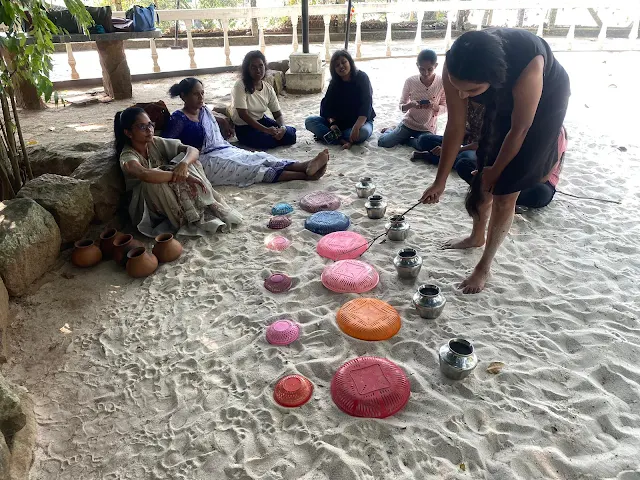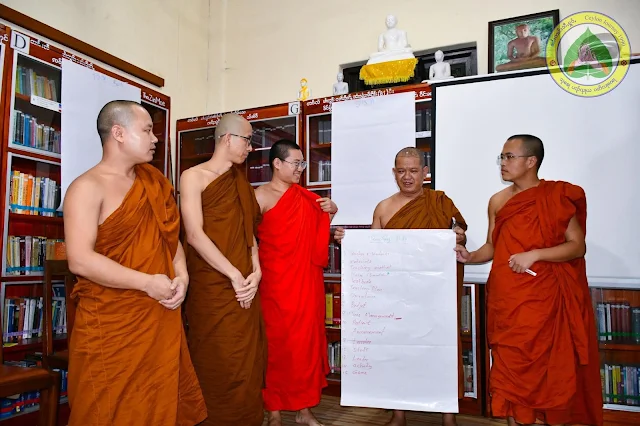During the rendezvous, the founder of the Hswagata Museum presented Dr. Pradeep with a Certificate of Honorary Senior Advisor and Lifetime Membership, acknowledging his profound contributions to the safeguarding of the revered Buddha Tooth Relics. This gesture, a testament to Dr. Pradeep's expertise and dedication, symbolized a bond forged in the fires of cultural stewardship.
In the spirit of advocacy meeting, the Hswagata Museum founder further extended an olive branch, providing Dr. Pradeep with an exclusive profile and the annual magazine of the museum. This gesture aimed to foster a deeper understanding of the museum's endeavors and its commitment to preserving the sacred relics for future generations.
Moreover, the occasion witnessed an illuminating presentation by Indasoma, shedding light on the diverse activities and initiatives undertaken by the Hswagata Museum. Through captivating visuals and insightful narratives, the presentation showcased the museum's tireless efforts in research, conservation, and educational outreach pertaining to the Buddha Tooth Relics.
The meeting culminated in an atmosphere of mutual admiration and shared purpose, as both parties reaffirmed their commitment to safeguarding the rich cultural heritage embodied by the sacred relics. As guardians of tradition and custodians of history, the Hswagata Museum and The Temple Of The Sacred Tooth Relic pledged to continue their preservation and worship, ensuring the legacy of the Buddha Tooth Relics endures for eternity.
During the dialogue, Dr. Pradeep, esteemed for his custodianship of the revered relics, presented an intriguing suggestion to Indasoma Bhikkhu, advocating for the establishment of a temple rather than a museum. This proposal, born from a deep-rooted reverence for tradition and spiritual sanctity, aimed to create a sacred space devoted to the veneration and contemplation of the Buddha Tooth Relics.
Dr. Pradeep's proposal resonated with the ethos of spiritual devotion and reverence for the relics, suggesting a departure from conventional museum practices towards a more immersive and spiritually enriching experience. By envisaging a temple, Dr. Pradeep sought to encapsulate the essence of devotion and reverence that defines the cultural significance of the Buddha Tooth Relics.
Indasoma Bhikkhu, tasked with spearheading the initiative, welcomed Dr. Pradeep's proposal with open arms, recognizing the potential to create a sanctuary where devotees could engage in spiritual practices, meditation, and contemplation. This shift in focus, from a museum to a temple, underscored a deeper commitment to honoring the sacred relics and fostering a spiritual connection with devotees.
As plans for the temple take shape, it represents a new chapter in the preservation and dissemination of the cultural heritage embodied by the Buddha Tooth Relics. With Dr. Pradeep's vision guiding the way, and Indasoma Bhikkhu's dedication driving the endeavor forward, the proposed temple stands as a testament to the enduring legacy of devotion and reverence that transcends time and space.
.jpeg)





















